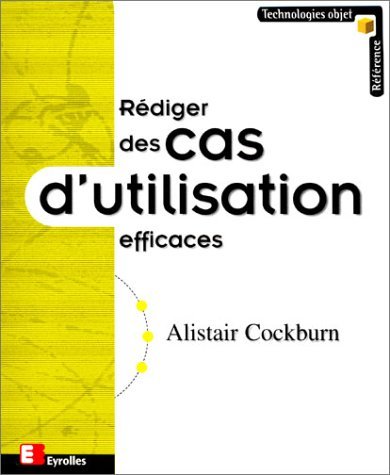What do you think?
Rate this book


Paperback
First published October 1, 2000
”Very summary (very white) use cases get a cloud, [cloud icon:]. Use this on that rarest of occasions when you see that the steps in the use case are themselves white goals.”
”Some subfunctions (black) should never be written. Use a clam, [clam icon:], to mark a use case that needs to be merged with its calling use case.”